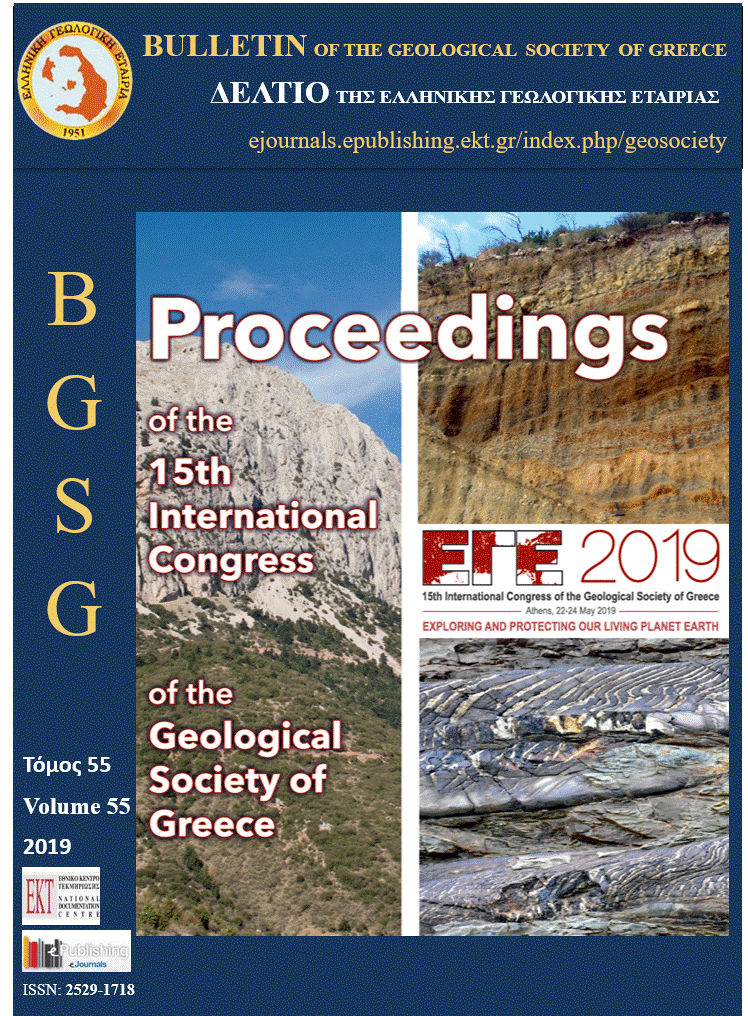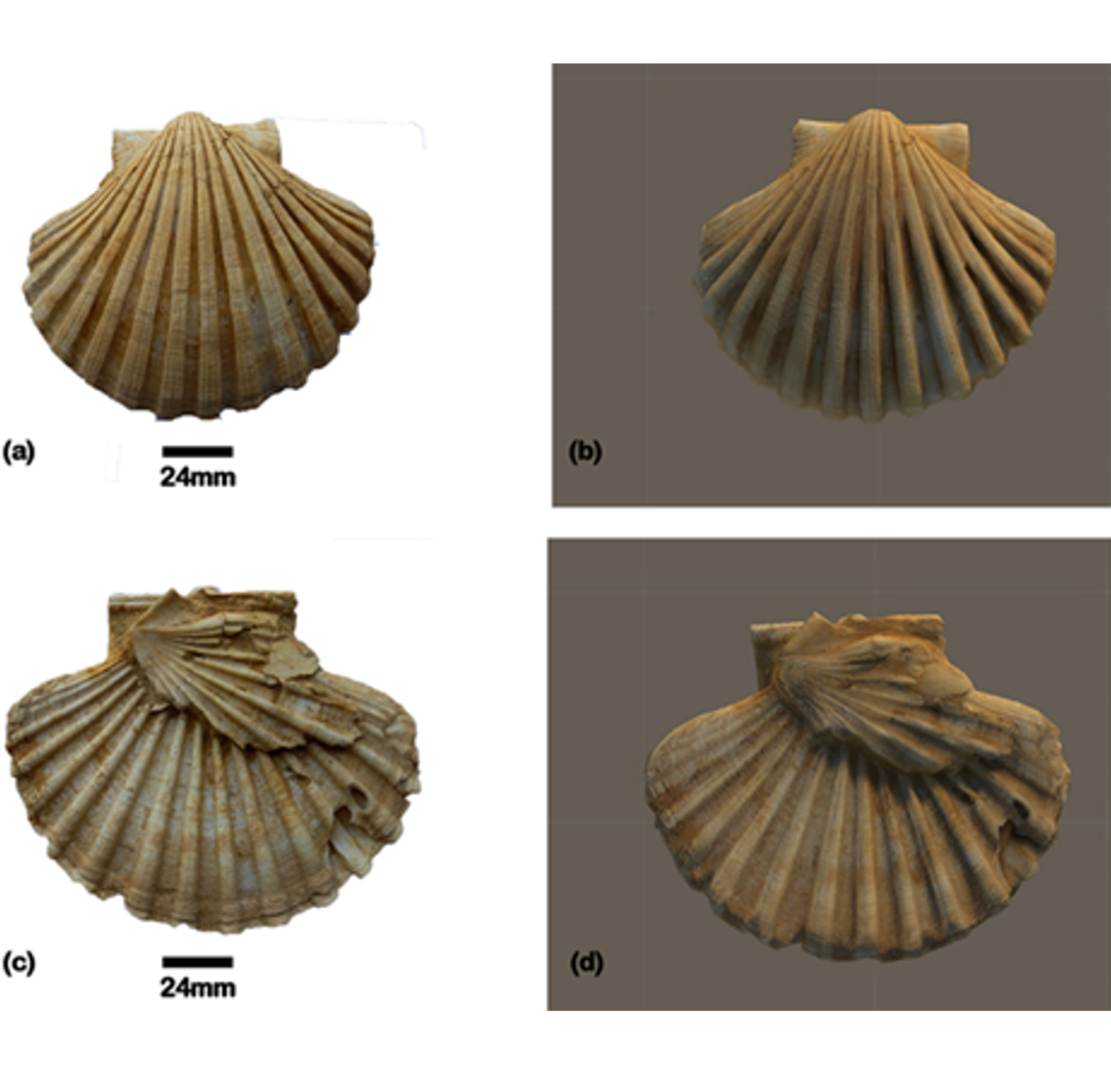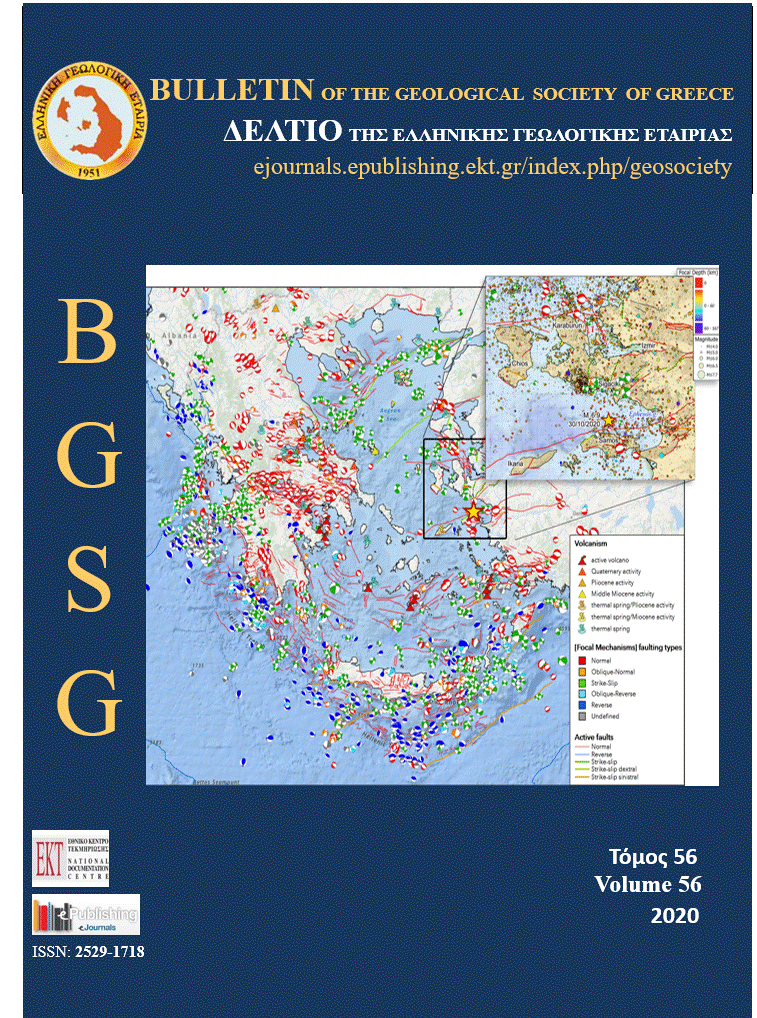Sb- Bi-Bearing Metallogeny of the SerboMacedonian-Rhodope Metallogenic Belt (SRMB)

Abstract
Various types of deposits such as carbonate-replacement Pb-Zn-Ag-Au, porphyry Cu-Mo-Au, stratiform volcano-sedimentary, isolated magmatic-hydrothermal and skarns compose the Serbomacedonian-Rhodope Metallogenic Belt (SRMB), which intersects with a NNW-SSE trend the Balkan Peninsula. This arcuate belt is about 500 km long and 130-180 km wide. Sb-Bi alloys and Ag-Cu-Pb-Sb-Bi sulfosalts have been discovered in some metal assemblages in the SRMB. The European Union (EU) is highly dependent on critical and rare metals, such as Sb and Bi, which are very important for a sustainable development. Greece is one of the EU countries with the most potential for supplying the strategic metal Sb in the future, since it hosts a significant ore deposit at Rizana/Lachanas (central Macedonia). Here, the stibnite reserves are 5,000 t (proven) and 50,000-100,000 t (indicated). Both have average Sb=0.3 wt%. In addition, at the same district, there are 1000 t (proven) of wolframite. Another promising Sb-bearing mineral assemblage exists at Alshar (North Macedonia). Here, the stibnite reserves are >20,000 t (indicated) with average Sb=0.5 wt%. At both mineralization districts further investigations are needed to determine the grade and the proven reserves of the critical metal Sb. Until today none encouraging site has been located in the SRMB for remarkable Bi-bearing ore.
Article Details
- How to Cite
-
Tsirambides, A., & Filippidis, A. (2019). Sb- Bi-Bearing Metallogeny of the SerboMacedonian-Rhodope Metallogenic Belt (SRMB). Bulletin of the Geological Society of Greece, 55(1), 34–64. https://doi.org/10.12681/bgsg.20631
- Section
- Ore Geology, Mining Technology and Economic Geology

This work is licensed under a Creative Commons Attribution-NonCommercial 4.0 International License.
Authors who publish with this journal agree to the following terms:
Authors retain copyright and grant the journal right of first publication with the work simultaneously licensed under a Creative Commons Attribution Non-Commercial License that allows others to share the work with an acknowledgement of the work's authorship and initial publication in this journal.
Authors are able to enter into separate, additional contractual arrangements for the non-exclusive distribution of the journal's published version of the work (e.g. post it to an institutional repository or publish it in a book), with an acknowledgement of its initial publication in this journal. Authors are permitted and encouraged to post their work online (preferably in institutional repositories or on their website) prior to and during the submission process, as it can lead to productive exchanges, as well as earlier and greater citation of published work.




